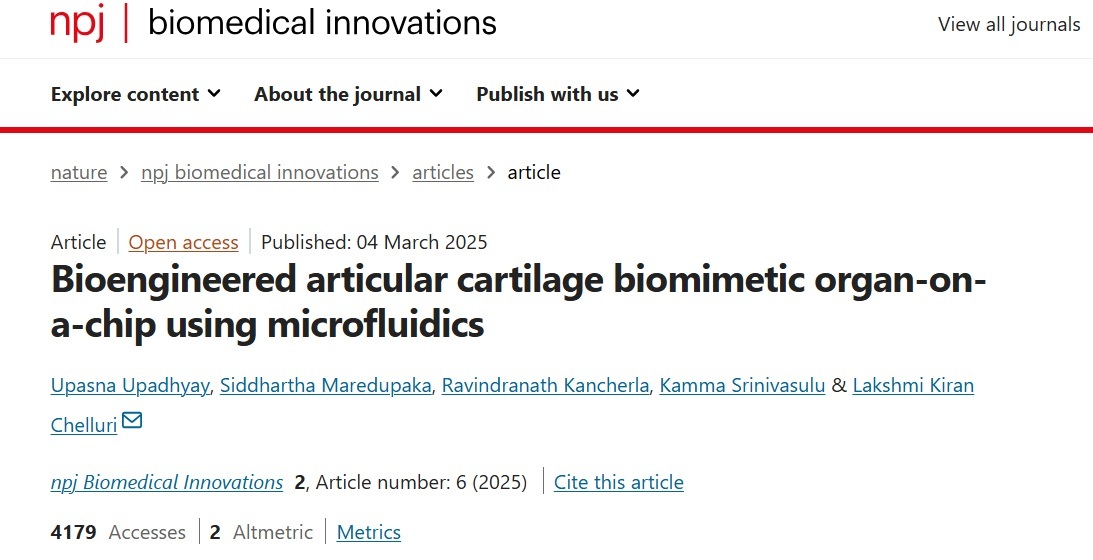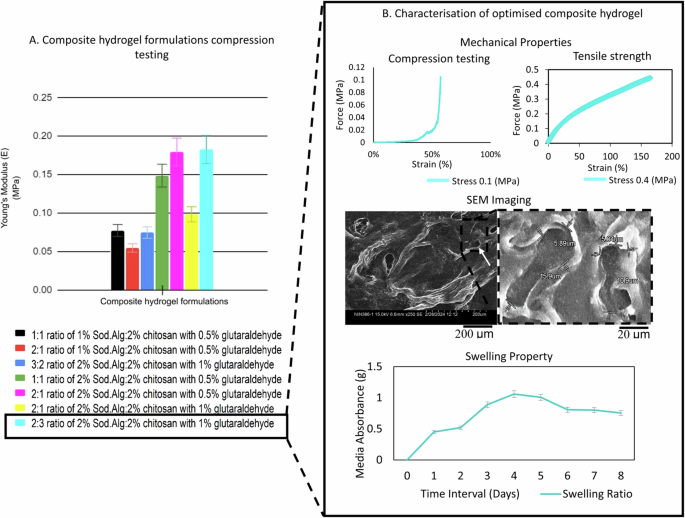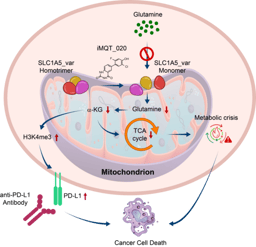Bioengineered Articular Cartilage Biomimetic Organ-on-a-Chip Using Microfluidics
Published in Research Data and Biomedical Research

Highlights of our work
-
Developed a decellularized extracellular matrix (dECM)–based bioink supporting chondrogenesis.
-
Optimized composite alginate–chitosan hydrogels achieving compression modulus of 0.18 MPa and tensile strength of 0.4 MPa.
-
Dynamic microfluidic perfusion (150 mbar & 50 mbar) enabled formation of superficial and middle cartilage zones.
-
MSCs-derived chondrocytes in bioink showed upregulation of COL2A1, Aggrecan, and Laminin — hallmark features of hyaline cartilage.
-
The resulting constructs exhibited non-linear mechanical behavior similar to native cartilage, positioning them as models for drug testing.
This study represents a step forward in tissue-engineered biomimetics, integrating material science, stem cell biology, and microfluidic mechanics to emulate native cartilage physiology in vitro.



Please sign in or register for FREE
If you are a registered user on Research Communities by Springer Nature, please sign in